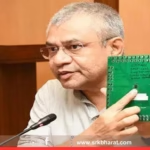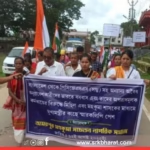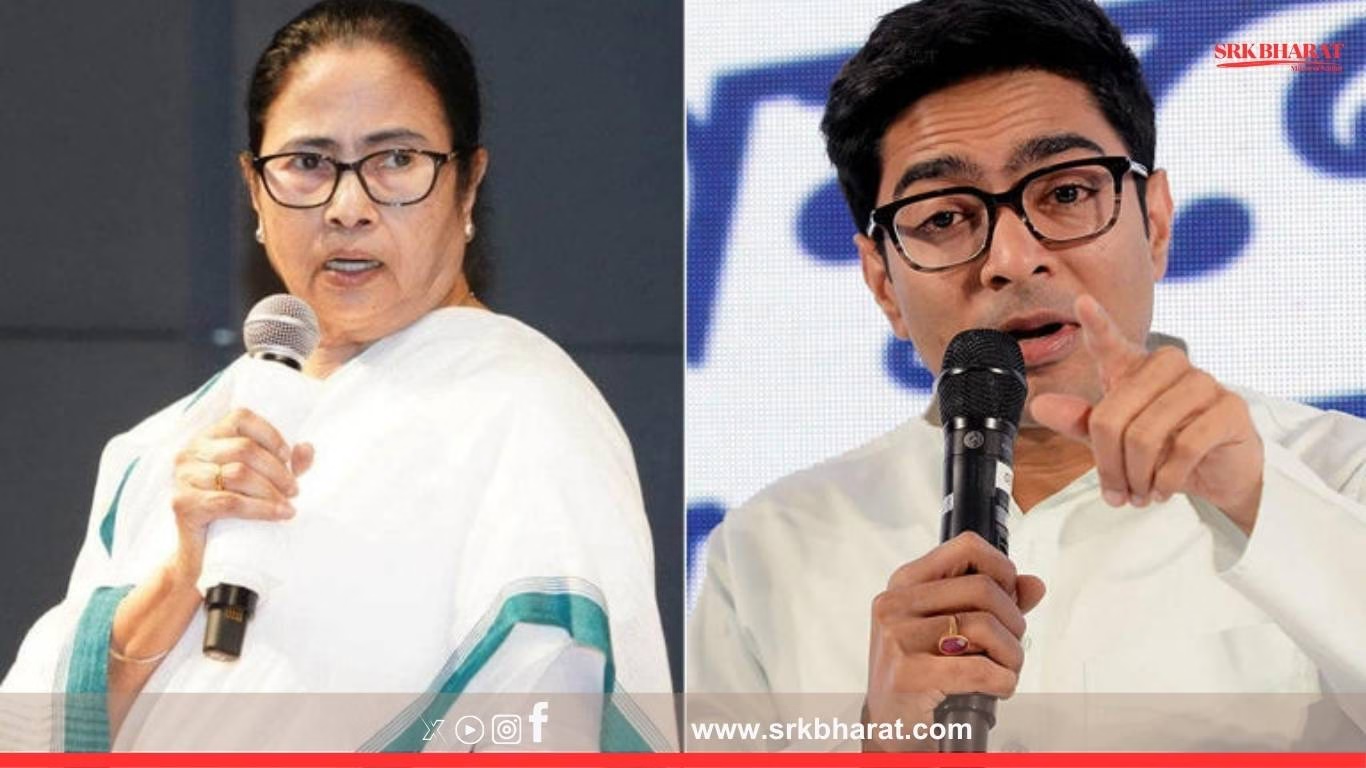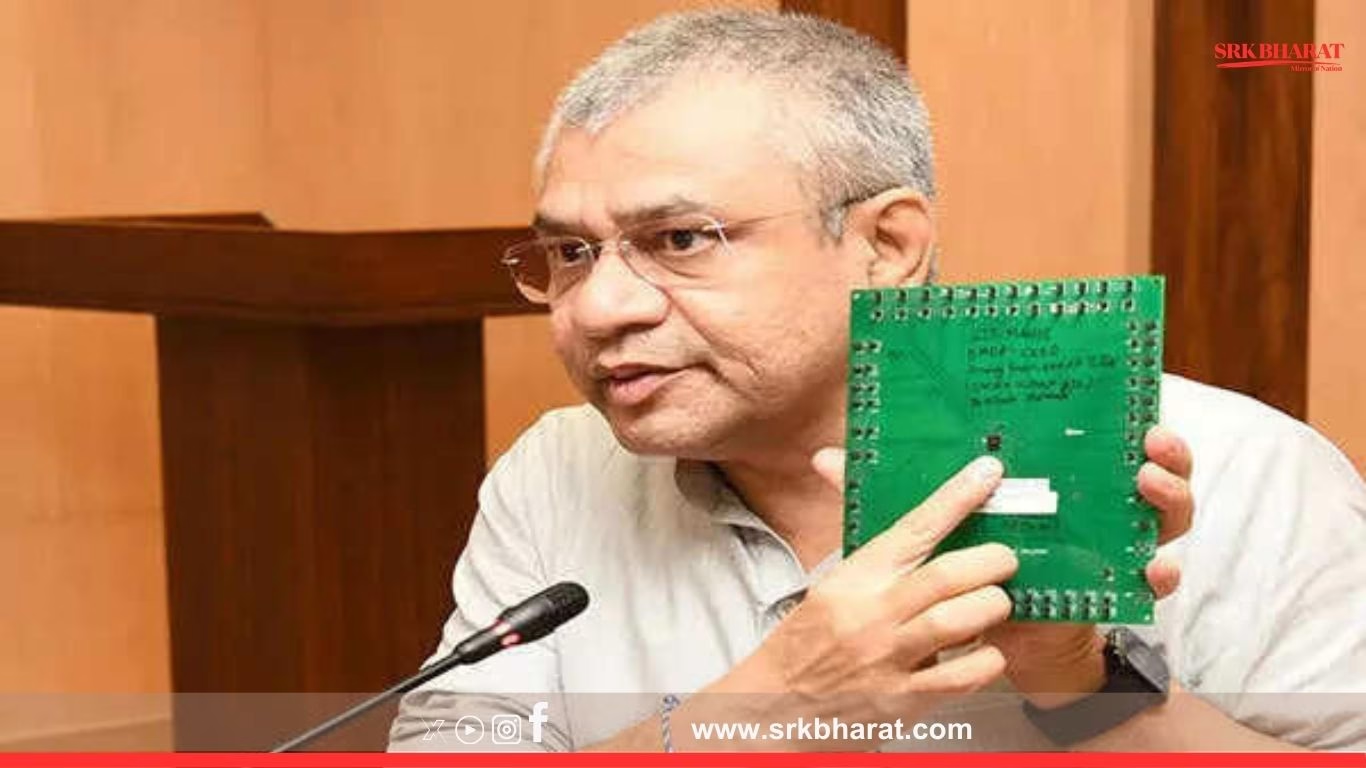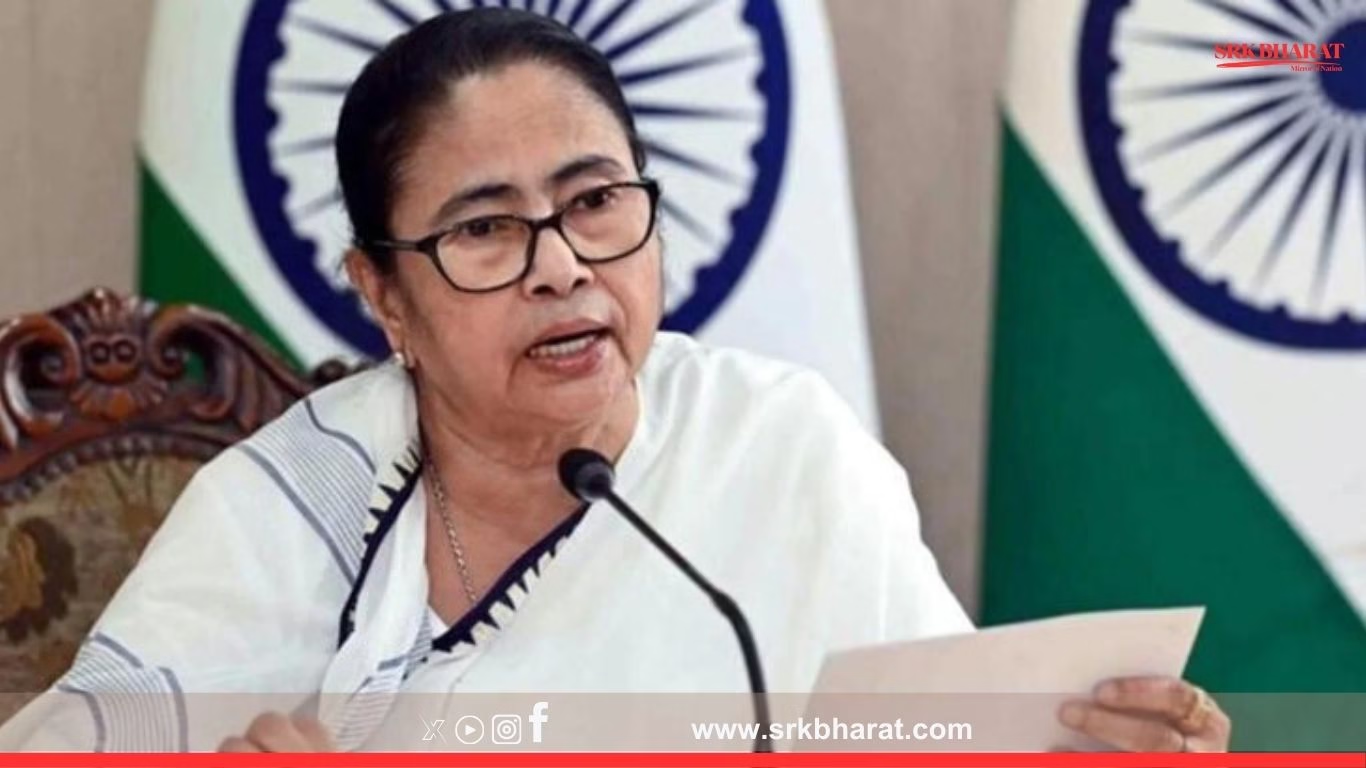In a decisive move aimed at consolidating political power ahead of the West Bengal Assembly Elections 2026, Chief Minister Mamata Banerjee and her nephew, Abhishek Banerjee, have rolled out a coordinated strategy designed to strengthen the Trinamool Congress (TMC)’s grassroots presence, counter the opposition’s momentum, and secure a third consecutive term in power. The plan combines political outreach, organizational restructuring, targeted welfare schemes, and a social media offensive—marking a significant shift towards a more modern, data-driven campaign model.
A Unified Leadership Approach
For the first time in the party’s history, Mamata Banerjee and Abhishek Banerjee are publicly and systematically sharing the political stage, symbolizing a generational blend of leadership. While Mamata continues to be the party’s mass-mobilizing force, Abhishek is taking on a managerial and strategic role, leveraging technology, analytics, and digital outreach to complement traditional campaigning.
Key Elements of the Unified Approach:
- Joint Public Rallies – Combining Mamata’s emotional connect with Abhishek’s appeal among youth voters.
- Clear Division of Responsibilities – Mamata focuses on mass connect; Abhishek handles organizational strengthening.
- Strategic Candidate Selection – Screening and grooming candidates based on performance metrics.
Electoral Challenges in 2026
The TMC faces a two-pronged political challenge:
- Bharatiya Janata Party (BJP) – The BJP’s aggressive push into Bengal has made it the main challenger.
- Left-Congress Alliance – While weakened, this alliance still holds influence in select constituencies.
The TMC’s strategy aims to counter BJP’s nationalist pitch with a Bengal-first narrative, highlighting state identity, cultural pride, and regional welfare schemes.
Constituency-Wise Micro-Management
Abhishek Banerjee has spearheaded a data-driven constituency mapping exercise, categorizing all 294 Assembly seats into three tiers based on past performance and future potential.
| Constituency Category | 2021 TMC Seats Won | Target Seats 2026 | Strategic Focus |
|---|---|---|---|
| Stronghold | 165 | 180 | Consolidation & turnout maximization |
| Battleground | 90 | 70 | Issue-based campaigns, swing voter engagement |
| Weak | 39 | 44 | Intensive outreach, leadership deployment |
Social Welfare as a Political Weapon
Mamata Banerjee’s government has consistently banked on social welfare schemes to retain voter loyalty. For 2026, the TMC plans to expand flagship programs like Lakshmir Bhandar, Swasthya Sathi, and Kanyashree while introducing targeted rural employment initiatives.
Planned Policy Additions Before 2026:
- Youth Skill Development Grants for unemployed graduates.
- Digital Subsidy Program for rural households to bridge internet access gaps.
- Micro-Credit Schemes for women entrepreneurs.
The Social Media & Digital Outreach Blitz
Under Abhishek’s leadership, the TMC’s digital war room has been revamped into a high-tech real-time voter engagement platform. The campaign will rely heavily on:
- Short-Form Videos showcasing welfare benefits.
- Targeted WhatsApp Campaigns for direct voter contact.
- Counter-Narrative Content to challenge misinformation.
The party is also monitoring sentiment analysis to adjust messaging on the fly, a technique widely used in national-level campaigns but rarely in state politics until now.
Building the Youth and Women Vote Bank
Data from previous elections shows the TMC has strong backing among women voters, a demographic the party aims to further solidify through direct benefit schemes. At the same time, urban and semi-urban youth engagement will be a priority, with Abhishek leading campus visits, start-up meets, and digital influencer partnerships.
Internal Party Discipline & Candidate Vetting
One of the biggest weaknesses in TMC’s 2021 campaign was factional infighting in certain districts. The new strategy emphasizes strict internal discipline, where candidates will be evaluated based on:
- Public Perception
- Past Work Record
- Grassroots Network Strength
Political Outreach Beyond Bengal
Interestingly, the TMC leadership is also testing its national presence ahead of the 2026 polls, building alliances with regional parties in Jharkhand, Odisha, and Assam. This serves two purposes: projecting Mamata as a national leader and countering BJP influence in bordering states, which can spill over into Bengal politics.
Funding and Resource Management
The joint leadership is also implementing transparent election financing mechanisms. Abhishek Banerjee is reportedly overseeing a centralized funding pool to ensure that resources are allocated based on electoral importance and ground needs.
Projected Resource Allocation for 2026 Campaign
| Expense Head | Projected Share (%) |
|---|---|
| Mass Rallies & Logistics | 35 |
| Digital & Media Outreach | 25 |
| Grassroots Operations | 20 |
| Candidate Support Funds | 15 |
| Contingency | 5 |
Opposition Counter-Strategies
Political observers note that the BJP is preparing aggressive booth-level campaigns, while the Left-Congress alliance is attempting to position itself as the “secular alternative.” However, the Mamata-Abhishek synergy could neutralize much of the opposition’s impact if executed efficiently.
Public Sentiment – What the Ground Says
Early surveys indicate TMC retains a lead in approval ratings, largely due to welfare programs and Mamata’s mass connect. However, anti-incumbency concerns and local-level corruption allegations remain potential weak points.
The Road to 2026 – Key Milestones Ahead
- Panchayat Elections Review – Using results to fine-tune Assembly strategies.
- Candidate Finalization – Completing by mid-2025 to allow early campaigning.
- Mega Cultural Outreach Campaign – Leveraging Bengal’s festivals and heritage.
- Digital Infrastructure Rollout – Expanding internet access in rural areas to improve campaign reach.
Conclusion – A Generational Shift in Bengal Politics
The joint Mamata-Abhishek campaign model represents a significant generational shift in West Bengal’s political playbook. If the synergy between emotional connect and tech-driven strategy works as planned, the TMC could not only secure a third term but also redefine state-level campaigning in India.
This two-pronged leadership—rooted in both grassroots charisma and modern political management—could prove decisive in navigating the complex political terrain of Bengal in 2026.
Disclaimer: This article is based on publicly available political developments and expert analysis. It does not represent any political endorsement or prediction. Readers are encouraged to interpret political strategies within the context of democratic processes.

